As language educators increasingly embrace technology, they face a critical challenge: how do we create comprehensible, engaging input for language learners without overwhelming them? Recently, an insightful discussion on The Edge, a podcast supported by ISTE, explored this exact topic. Featuring expert educators Tiffany Hall, a school principal in South Carolina, and Dr. Maryann DeRosa, a professor at Relay Graduate School of Education, the conversation titled: Multi Language Learners, illuminated strategies Odeum already employs through its innovative game-based learning experiences - particularly in its flagship language learning game, Hua Mulan: A Chinese Learning Adventure.
Here's how Odeum integrates best practices from this conversation into its Scaffolding for Language Learners approach.
Comprehensible Input and the Importance of Context
In the podcast, Maryann emphasized the significance of using students' existing knowledge and leveraging their first language (L1) as a bridge for learning a second language (L2). She discussed how technology, especially AI, helps teachers conduct contrastive analyses, uncovering connections between languages.
Odeum embodies this idea through its storytelling and gameplay. In Hua Mulan, learners receive just enough input - also known as "i+1" - to challenge learners without causing confusion. Characters speak naturally, supported by contextual clues, such as gestures, facial expressions, and visual scenarios, making complex language comprehensible and relatable.
When players encounter unfamiliar vocabulary or grammatical structures, Odeum provides instant contextual explanations via an interactive "radio" mechanic, subtly using English when necessary to clarify meaning. This strategic use of L1 as a Scaffolding for Language Learners tool reduces cognitive overload and enhances understanding.

Reducing Cognitive Overload: Chunking and Dual Coding
Maryann noted the importance of reducing cognitive load by chunking material and adding visual support, something Odeum thoughtfully integrates into the gameplay. Complex dialogues are segmented into manageable interactions. Visuals - such as animated NPCs, interactive objects, and clearly presented choices - enhance comprehension and retention. For instance, when a villager cries out, “救命!我的房子着火了!” (“Help! My house is on fire!”), learners quickly understand through accompanying visuals, reducing mental effort and allowing them to focus on language acquisition.

Interactive Vocabulary Development
Tiffany Hall mentioned how interactive technology supports meaningful vocabulary learning by encouraging student engagement. Odeum’s "Word Scramble" mechanic in Hua Mulan aligns with this method. Players encounter scrambled texts affected by the time anomaly within the game's narrative. This gamified approach allows learners to reconstruct meaningful sentences, enhancing vocabulary recognition and sentence formation skills, turning vocabulary building into an enjoyable puzzle-solving activity.
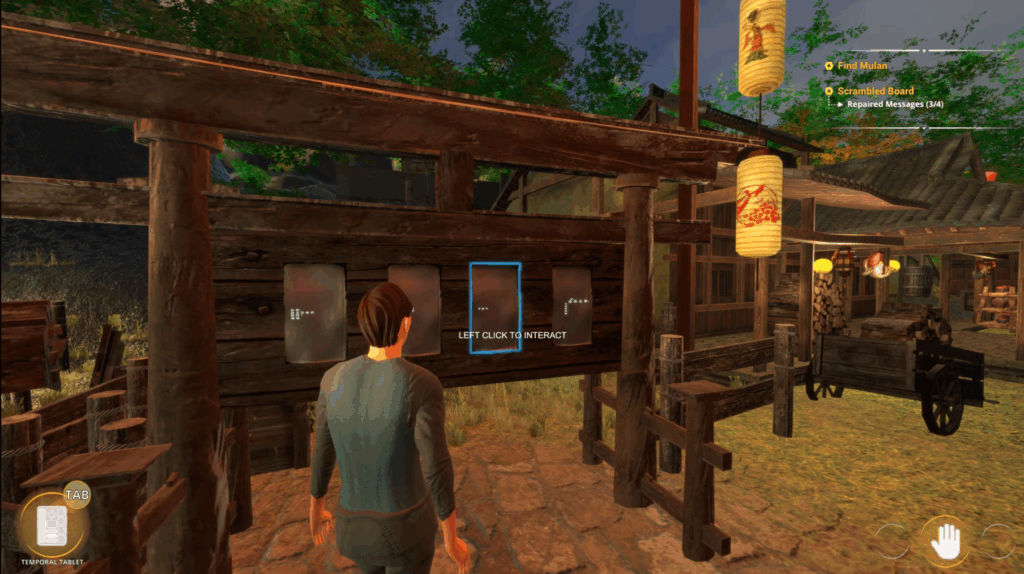
Immediate and Meaningful Feedback
On The Edge, Tiffany emphasized how important it is for students to receive immediate, personalized feedback. Odeum incorporates this directly into gameplay through the "Time Shard" mechanic. Players making linguistic errors generate a "Time Shard," pausing the narrative and offering an opportunity for correction. A futuristic radio discreetly guides players toward the correct language choice, transforming errors into opportunities for learning. As Tiffany noted, technology providing timely, actionable feedback is crucial for sustained motivation and improvement.
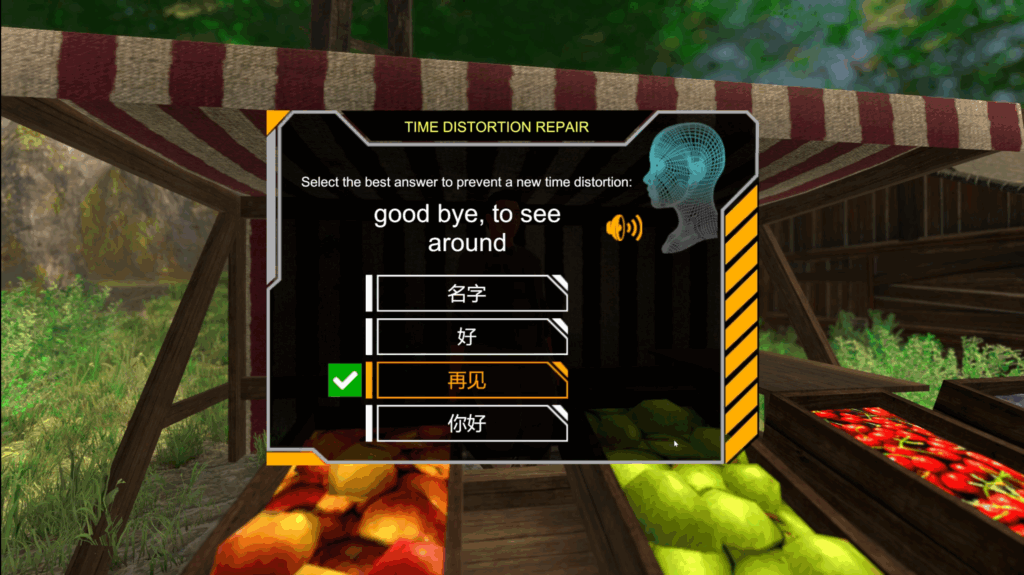
Human Interaction vs. Technology: Striking the Right Balance
Both Tiffany and Maryann stressed that effective language learning must include human interaction - not just technology. Odeum understands this delicate balance. Although Hua Mulan is primarily a digital experience, it is fundamentally a human-centered one. Learners engage in realistic role-playing conversations that encourage social interactions and cultural empathy, mirroring human communication. Teachers and students using Odeum Studio, the authoring tool, can create scenarios that foster face-to-face language practice and encourage authentic peer interactions, ensuring that technology complements - rather than replaces - human connection.
Leveraging the Power of AI and Gamification
Maryann’s enthusiasm about AI’s role in language education highlights its potential for bridging linguistic gaps and providing individualized support. Odeum harnesses AI-driven adaptive learning within its games, customizing language challenges based on learner performance. As students progress in Hua Mulan, the adaptive AI adjusts language difficulty to provide just-right challenges, preventing frustration or boredom. The result is a personalized experience that supports learner autonomy and deep engagement.
Moreover, as Tiffany mentioned, gamified experiences inherently motivate learners. Through game mechanics like leaderboards, achievements, and story progression, Odeum ensures sustained engagement and meaningful repetition of language skills - key factors in long-term retention.
Culturally Relevant and Engaging Learning
The educators on The Edge underscored the importance of culturally relevant, enjoyable learning experiences, such as integrating music or authentic cultural contexts. Odeum’s focus on culturally immersive role-playing scenarios allows students to learn naturally through culturally authentic experiences. Whether players are navigating an ancient Chinese marketplace or assisting historical figures like Hua Mulan, language learning occurs within engaging and culturally meaningful contexts, significantly enhancing motivation and enjoyment.
Finally: Building Deeper Connections for Deeper Learning
The educators from The Edge podcast - Georgia Terlaje, Tiffany Hall, and Maryann DeRosa - offer valuable insights into creating effective scaffolds for language learners through comprehensible input, meaningful feedback, and personalized technology use. Odeum integrates these best practices seamlessly into its immersive role-playing games, exemplified by Hua Mulan: A Chinese Learning Adventure. By thoughtfully scaffolding for language learners, reducing cognitive load, and emphasizing human connection, Odeum not only teaches language but ignites a lasting love for learning.
In short, Odeum’s approach aligns perfectly with the educators' best practices discussed on The Edge, delivering innovative, human-centered language learning experiences that truly engage students - proving that the future of language education lies at the intersection of thoughtful scaffolding, immersive storytelling, and effective technology integration.
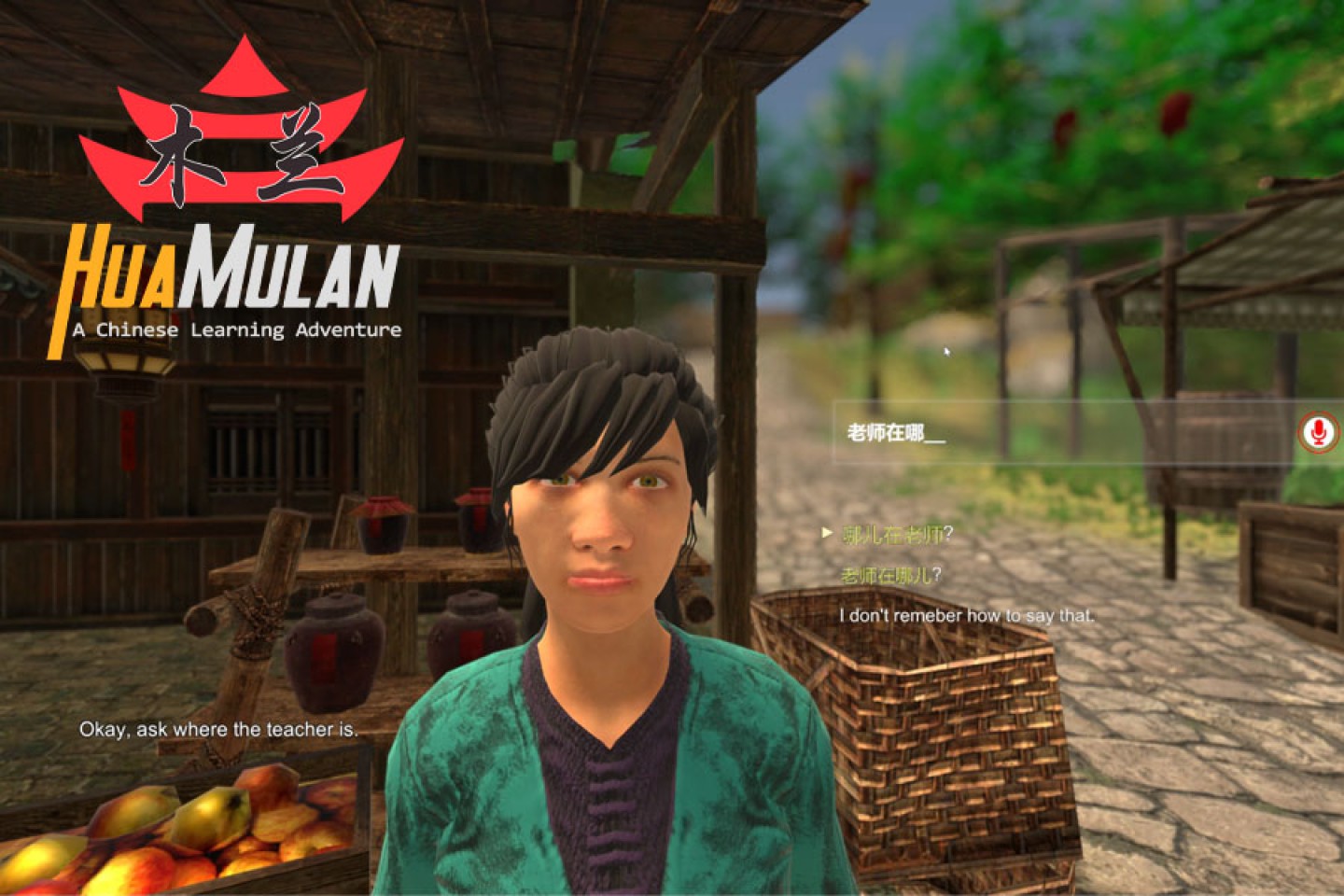
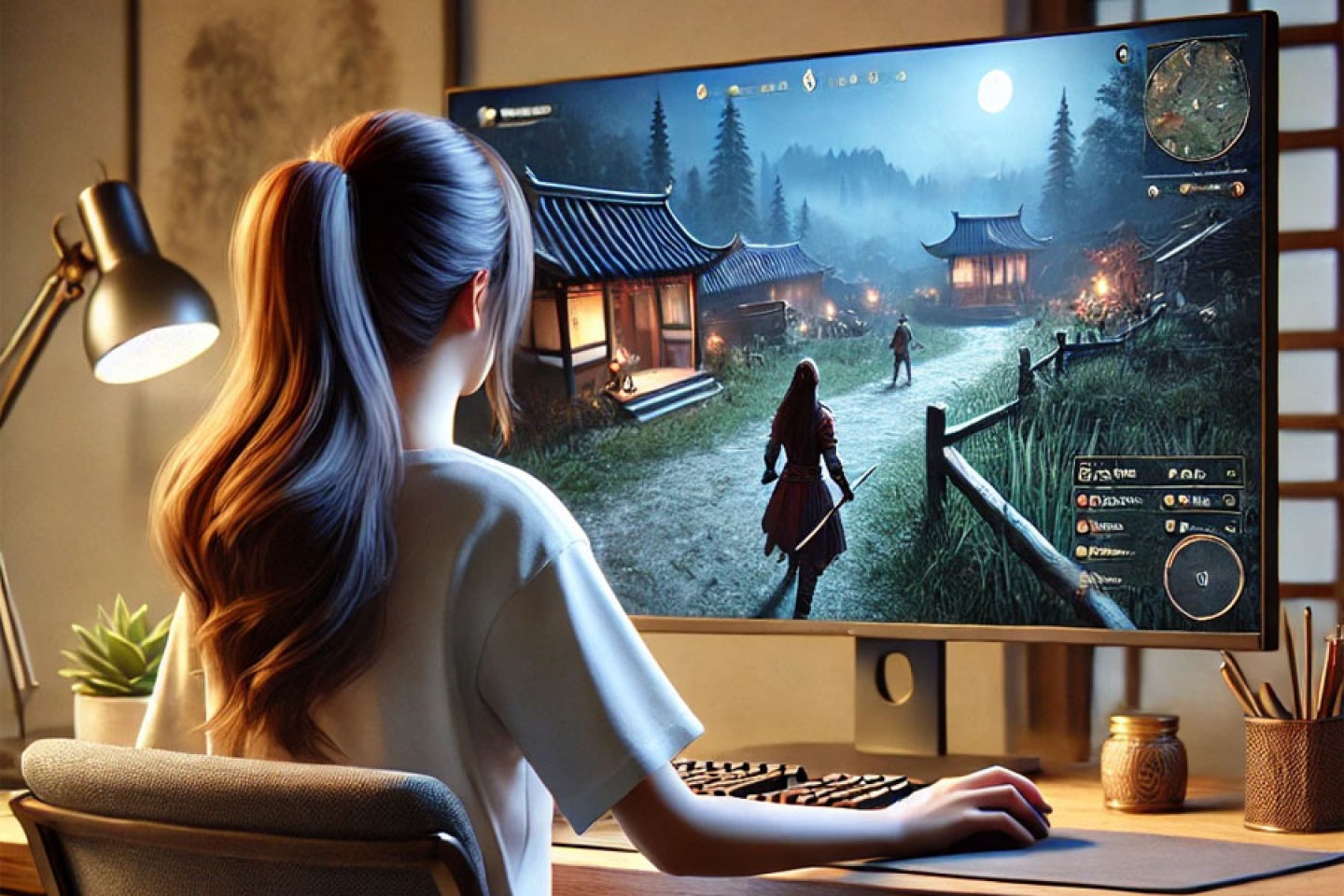
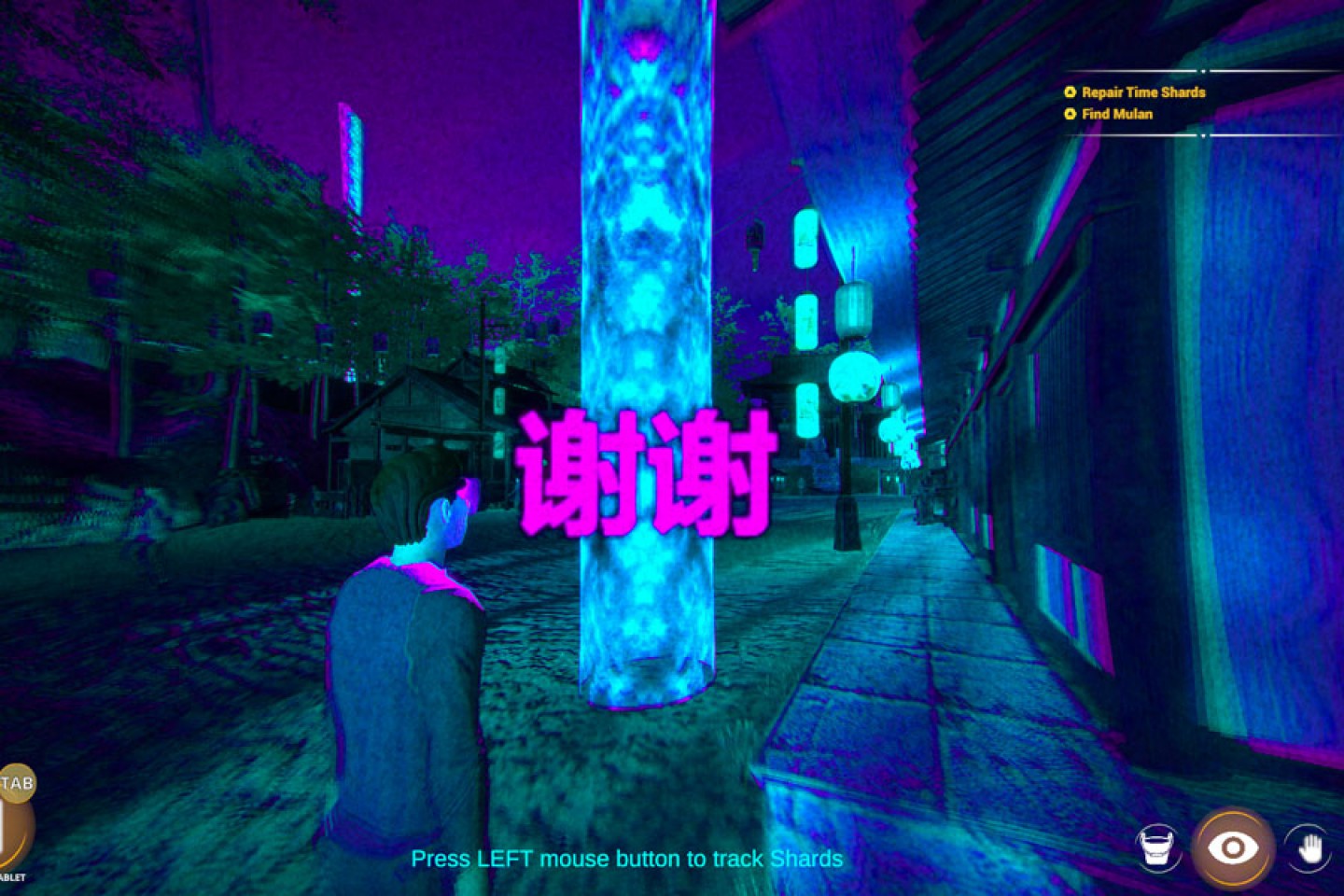

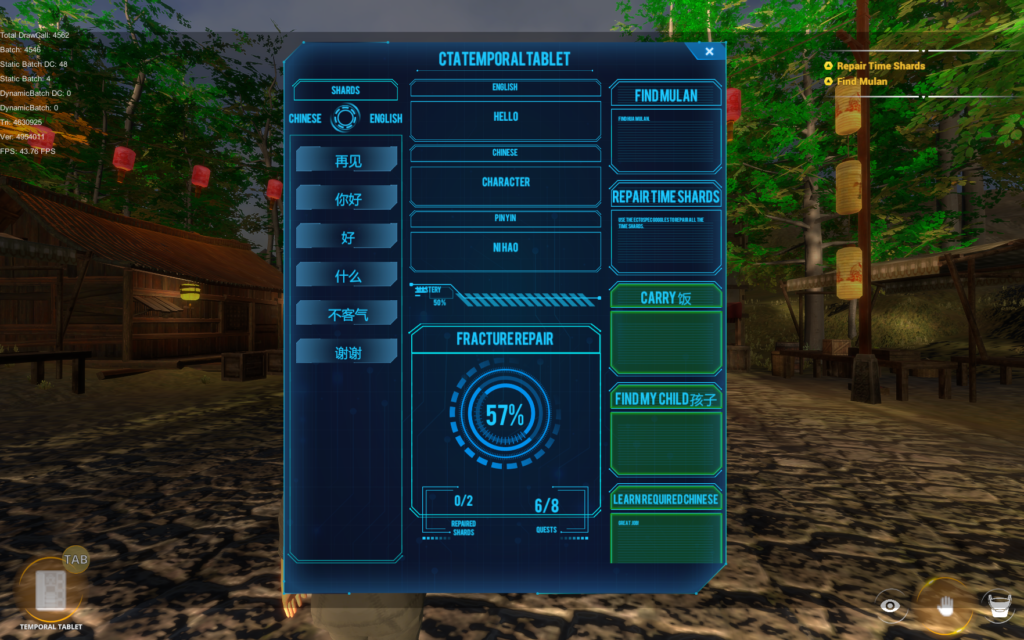
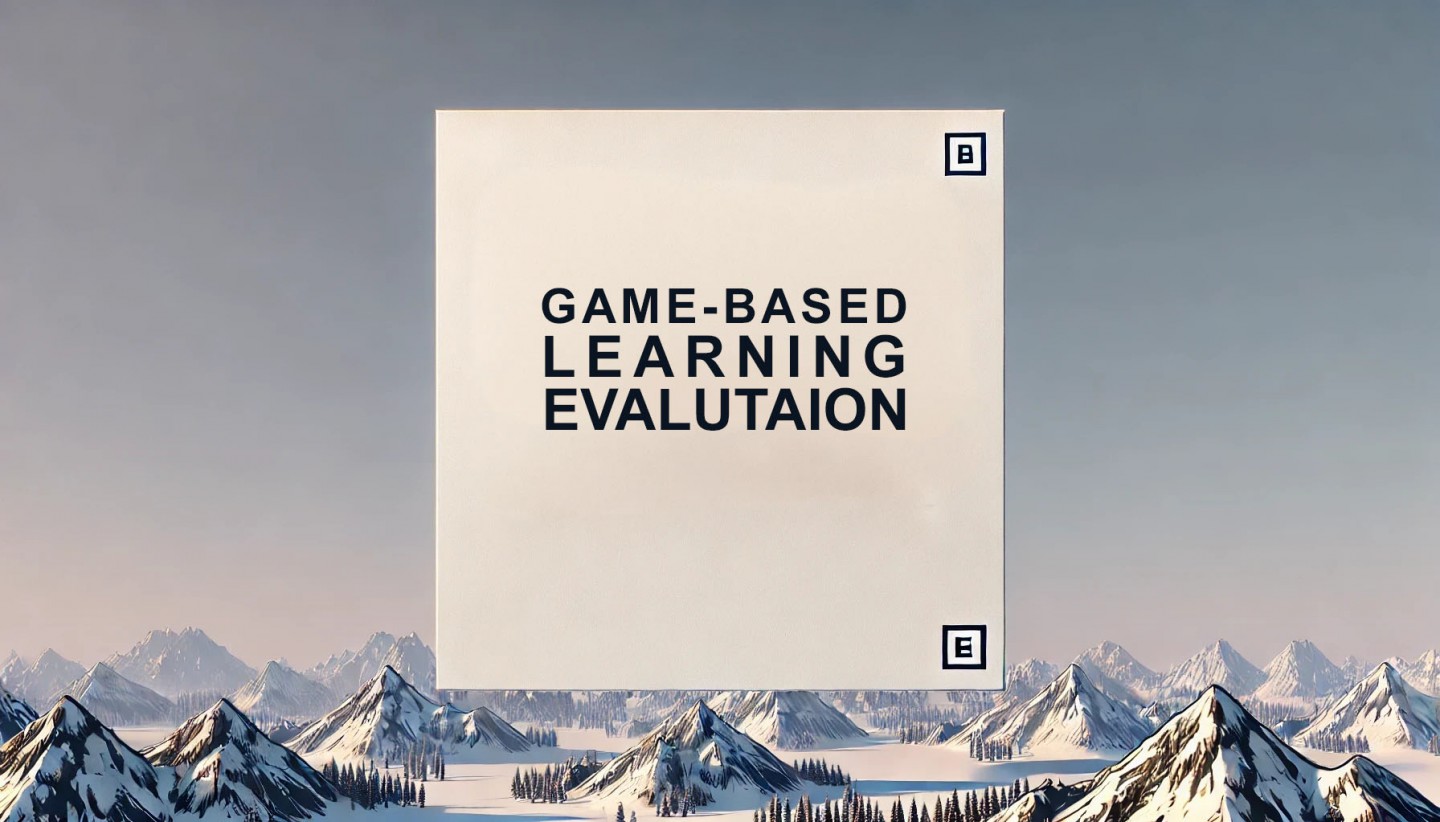
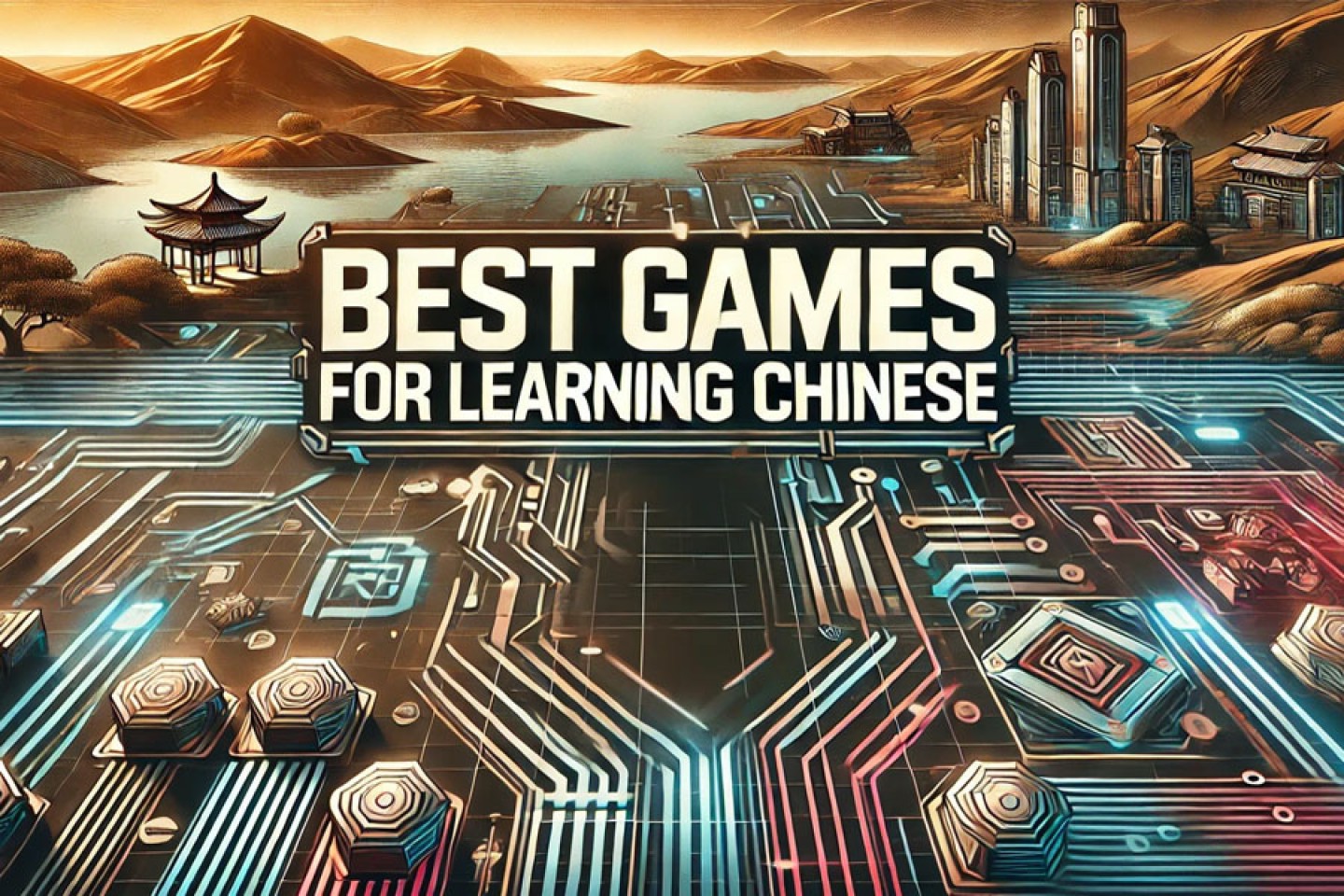
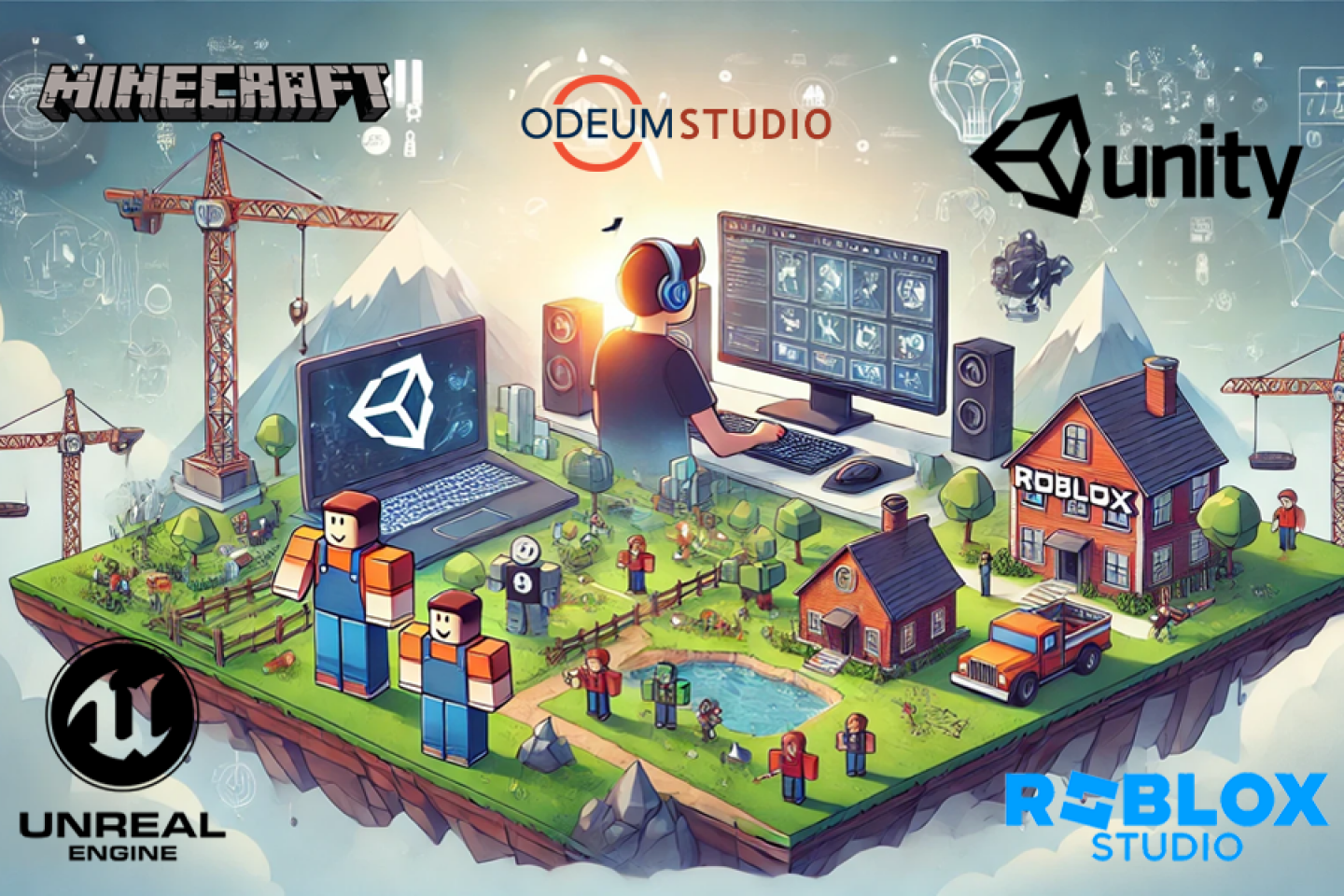


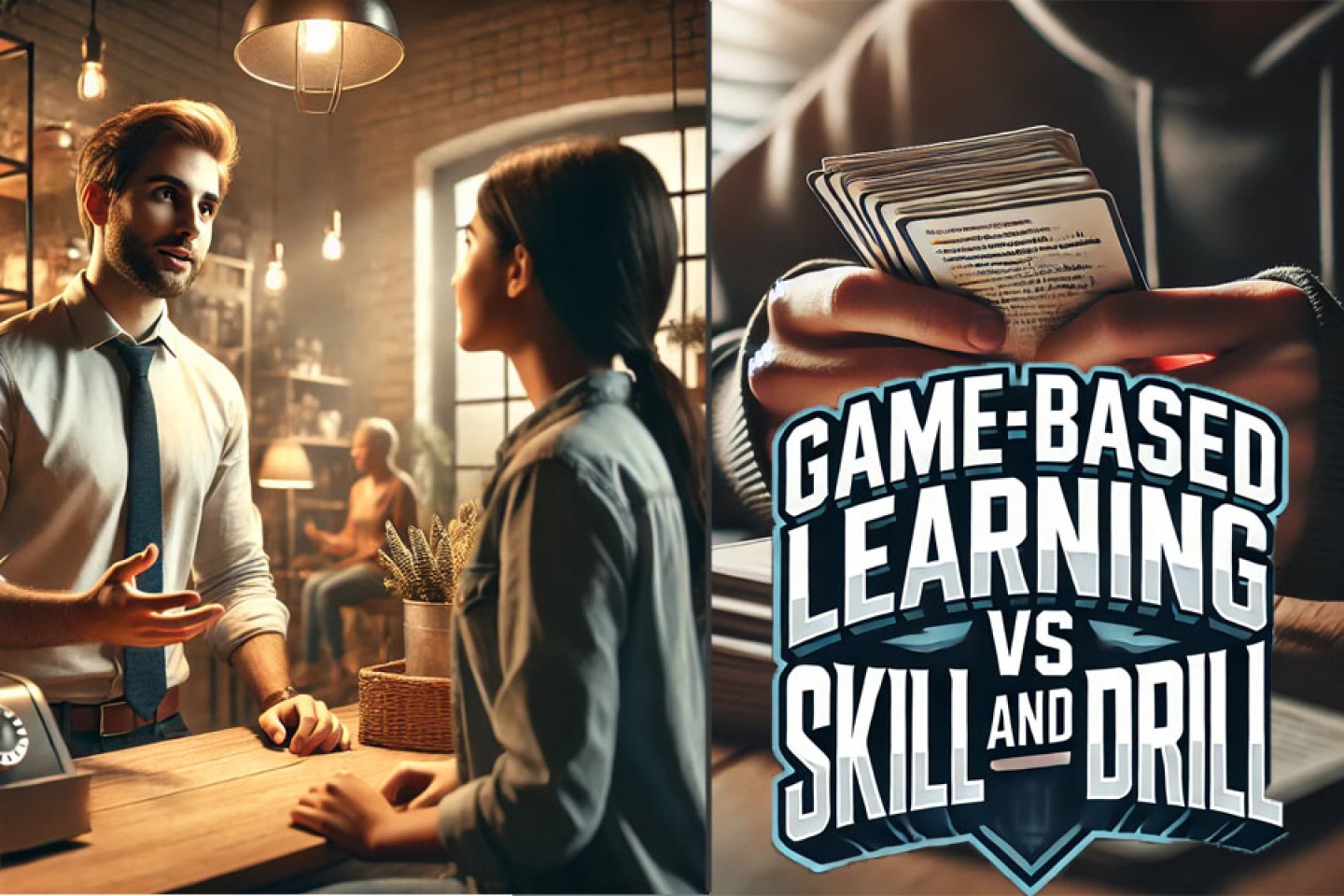
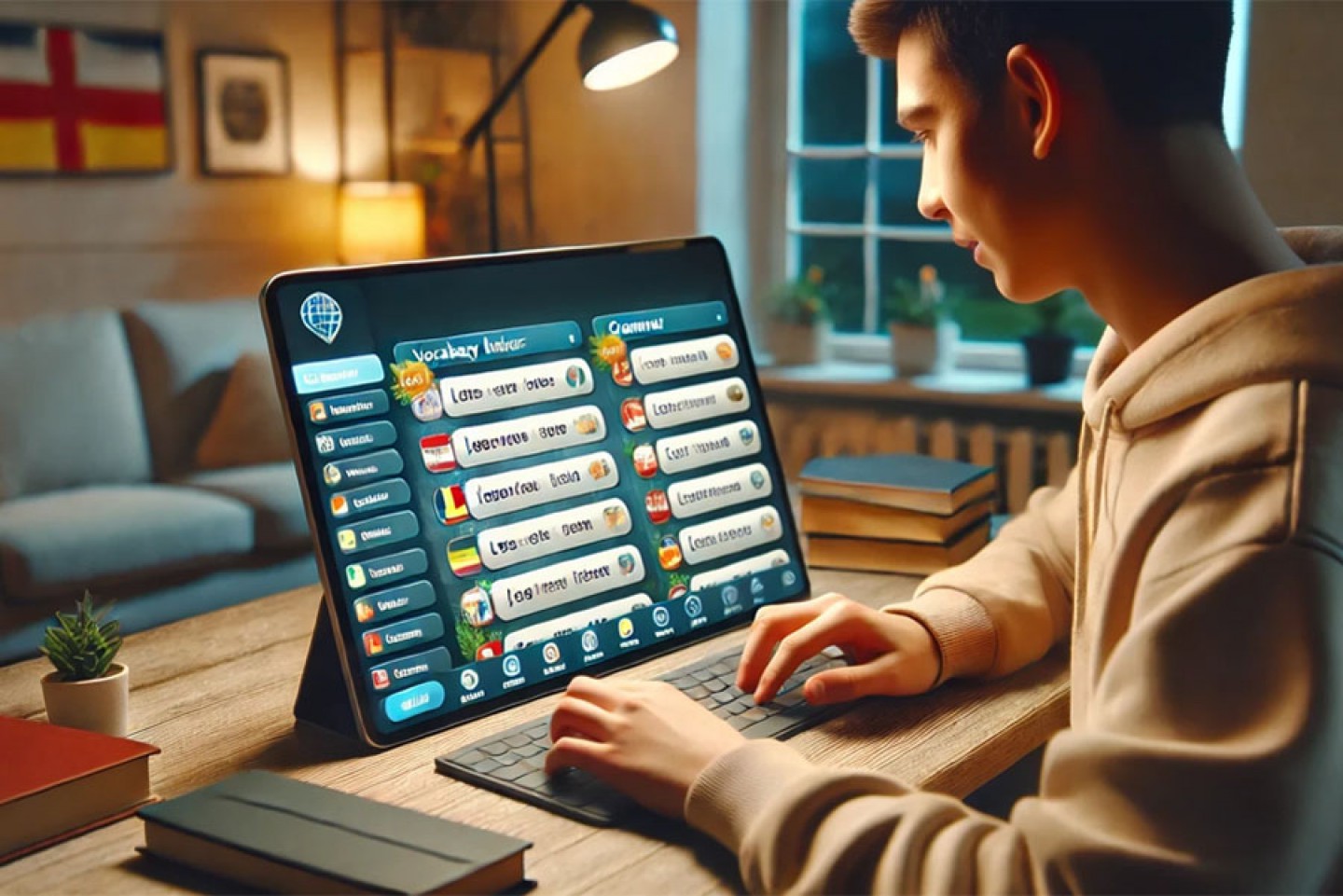


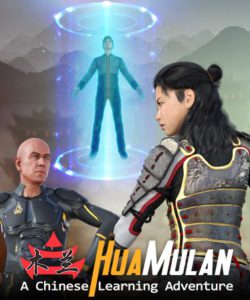
Recent Comments